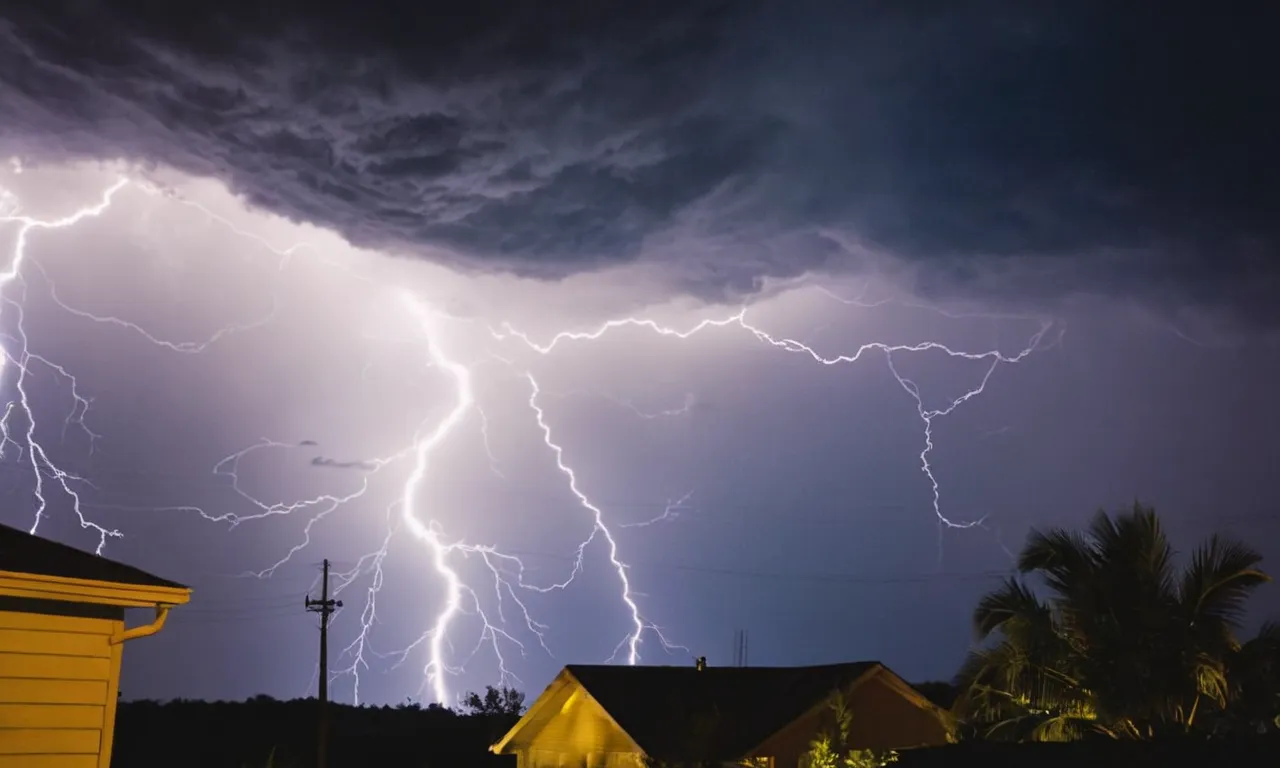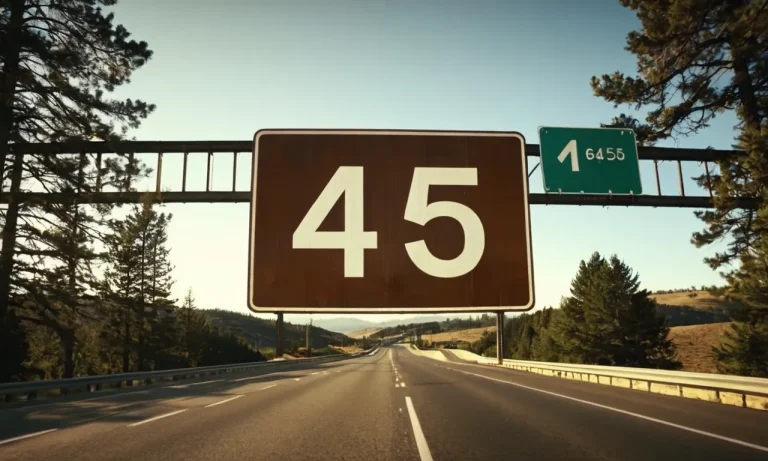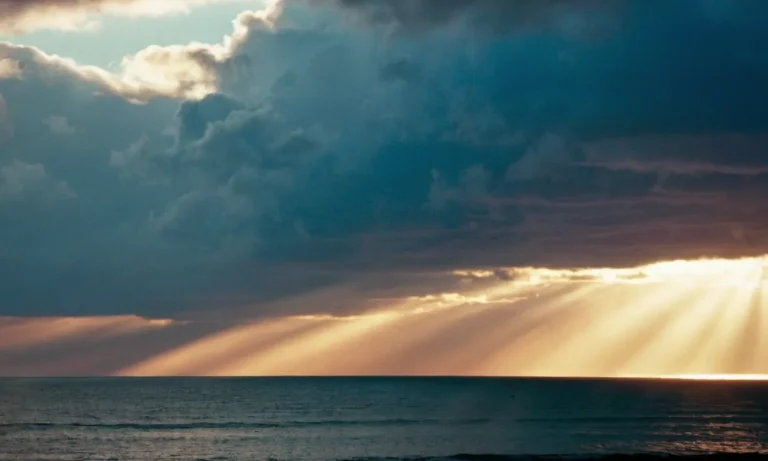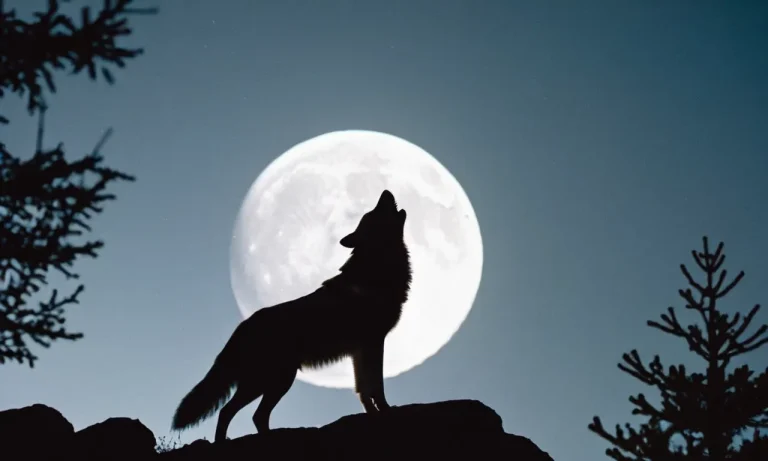Who Is The God Of Thunder?
The rumbling sound of thunder has fascinated humans since the dawn of time. Ancient people attributed this awe-inspiring natural phenomenon to powerful sky gods who controlled the weather and wielded lightning as a weapon.
If you’re pressed for time, here’s the quick answer: In Norse mythology, Thor is the god of thunder.
This article will examine Thor in depth – the fierce, hammer-wielding Norse god associated with thunder, lightning, storms, oak trees, strength, and protection of mankind. We’ll explore Thor’s origins, his rise to prominence in Norse mythology, his conflict with giants and other supernatural beings, his hammer Mjölnir, his role in modern pop culture, and more.
Thor’s Origins and Significance in Norse Mythology
Thor’s beginnings tied to nature worship
In prehistoric times, early Germanic and Nordic tribes worshipped gods connected to forces of nature like thunder, lightning, storms, and fertility.
Thor originated from this tradition as a god tied to thunder, storms, rain, and agriculture. His name itself means “thunder,” and he was seen as a powerful sky god bringing life-giving but also destructive rains and thunderstorms.
Viking legends said Thor rode through the skies in a chariot pulled by goats, making the noise and fury of thunderclaps.
Thor gains prominence as defender god
As Norse society progressed from scattered agricultural tribes to coastal raiders and traders, Thor took on greater prominence as a warrior god defending gods and humans. Myths describe him as a champion armed with a magical hammer, which he hurled like lightning at threatening giants and monsters.
He gained fame as a protector of order against the forces of chaos.
Norse settlers carried his cult through northern Europe. His image frequently appeared on coins, amulets, and weapons to invoke his power. Over time, belief in Thor spread as far as England, Scotland, and Ireland.
Thunder god of the common man
In contrast to Odin, the leader of the Nordic gods who was seen as more aloof and complex, Thor stood as a patron closer to regular people in daily life. As a weather god, he governed cycles central to farmers and sailors.
Myths focused on his physical strength and hearty appetite – qualities admired by warriors and commoners alike. More legends and place names were dedicated to Thor than any other god. His enduring fame reflected his role as a powerful, yet accessible defender watching over ordinary folk.
Thor’s Appearance and Iconography
Red-bearded warrior god
Thor is often depicted as a muscular, red-bearded warrior carrying a massive hammer. As a god of thunder and lightning, strength, and protection, his powerful physical appearance reflects his divine abilities.
Thor’s iconic red beard represents his fiery nature and ties him to the elements he commands. Ancient Norse texts describe Thor’s beard as being red-hued like flames, connecting him visually to the sparks of lightning he summons from the heavens.
His physique is consistently shown as brawny and burly, a testament to Thor’s role as a defender against enemies and jötnar foes. As a hardened combatant in the myths, Thor’s sturdy build complements his battle prowess.
Overall, Thor’s strong physical form visually signals his identity as a formidable, steadfast guardian watching over gods and humans alike.
Mjölnir hammer weapon and symbol
No item is more closely associated with Thor than his hammer Mjölnir. Forged by dwarven craftsmen, Mjölnir serves as both a devastating weapon and a holy symbol. Its short handle and large, rectangular head make it ideal for bashing enemies and channeling Thor’s control over lightning and thunder.
According to 13th century texts like the Prose Edda, Thor wields Mjölnir with a belt known as Megingjörð that doubles his already formidable strength. When thrown, Mjölnir unerringly hits its target and returns to Thor’s hand like a boomerang.
As Thor’s signature weapon and tool, Mjölnir typifies Thor’s role as a champion of order and justice through force.Beyond its practical applications, Mjölnir also bears mystical powers and importance as a cultural, social, and religious icon.
Vikings wore miniature Mjölnir amulets as a sign of devotion to their god. Even today, Mjölnir remains a prominent symbol of Norse heritage, popularized through its appearance in films, television, comic books, and video games.
Goats and chariot
In Norse mythology, Thor rides across the sky in a chariot drawn by two goats, Tanngrisnir and Tanngnjóstr. The Prose Edda describes Thor regularly eating and resurrecting the goats as part of a cycle that renews their strength and youth.
While the goats mainly serve a practical purpose of mobility, they also represent fertility and vitality, befitting their connection to Thor, the god who protects life. More than just beasts of burden, Thor’s goats highlight his role as caretaker of Midgard and link him to concepts like sustenance, sacrifice, and continuity in the Norse worldview.
Though he also travels on foot in some texts, the enduring image of Thor riding his divine chariot symbolizes his position watching over the Asgardian and mortal realms.
According to statistics, Thor remains one of the most popular figures from Norse mythology today. One survey found that over 80% of people recognize Thor from his appearance in Marvel comics while nearly 60% know his origins from centuries-old Norse texts (mythologystudy.com).
Major films like Thor, The Avengers, and Thor: Ragnarok have introduced Thor to wider mainstream Western audiences as well. Clearly, the appeal of the thunder god has resonated remarkably across cultures and eras!
Thor Battling Giants and Supernatural Beings
As the god of thunder in Norse mythology, Thor engaged in epic battles against various giants and supernatural foes. Known for his strength, bravery, and fierce temper, Thor took on his enemies with his powerful hammer Mjölnir by his side.
Thor vs Giants
Throughout the myths, Thor repeatedly does battle with giants who seek to invade Asgard, the realm of the gods. With Mjölnir, Thor crushes giants left and right, protecting the gods’ stronghold from the enormous elemental beings.
In one thrilling tale, Thor battles hordes of giants led by Hrungnir, smashing them with Mjölnir until Hrungnir is the only one left standing. After a ferocious duel, Thor slays the giant leader, though he is briefly trapped under Hrungnir’s massive leg.
Battling Other Creatures and Gods
In addition to giants, Thor faces off against various monsters and beasts that threaten the safety or honor of the gods. These include trolls, ogres, sea serpents, and even his trickster step-brother Loki.
In one adventure on a sea voyage, Thor fishes up the Midgard Serpent, a creature destined to kill Thor himself at Ragnarok, and bashes it senseless with his hammer.
Thor also engages in combat with other gods who challenge him. He brawls with the giant Geirröd and comes out victorious. In a comedic episode, Thor competes in an eating and drinking contest with the sea god Utgarda-Loki, only to be cheated and humiliated.
Berserker Rages
Known for having a fierce temper, Thor sometimes flies into a rage and furiously attacks everything around him with Mjölnir. When Thor’s prized hammer is stolen by the giant Thrym, Thor dresses up as the goddess Freya to infiltrate the giant’s banquet and recover it.
Upon seeing it, Thor immediately goes berserk, bashing in every giant’s head in sight.
According to the myths, Thor can become so angry that his rage doubles his strength and power. This likely aids him in defeating so many larger-than-life foes. One can imagine the earth shaking and thunder rolling when Thor, red-faced and veins bulging, unleashes the full fury of his hammer upon the battlefields.
| Gods and Creatures Battled | Result |
| Giants (Hrungnir, Geirröd etc.) | Victory |
| Trolls | Victory |
| Sea Serpent | Victory |
| Utgarda-Loki | Humiliating defeat |
For more on Thor’s epic clashes, check out the Norse mythology site. With his trusty hammer and rage-fueled power, Thor steamrolled magical foes left and right, protecting gods and mortals alike.
Thor in Norse Mythological Stories
Losing his hammer
In one famous story from Norse mythology, Thor wakes up to find his powerful hammer Mjolnir missing. This is a huge problem for the god of thunder, as his hammer is his main weapon and source of power.
Without it, he is unable to properly defend Asgard and the other realms from giants and other threats. After looking everywhere, Thor discovers that the giant Thrym has stolen Mjolnir and hidden it away. Thrym says he will only return the hammer if the goddess Freya agrees to marry him.
Thor is furious, but Loki comes up with a clever plan – Thor will dress up as Freya and pretend to marry Thrym. At the wedding feast, the disguised Thor demands to “see” his bridal gift – Mjolnir. As soon as it is brought out, Thor grabs his hammer and smashes Thrym and all the giants.
His power restored, Thor returns to Asgard in triumph.
The giant builder
In another story, a giant offers to build strong walls around Asgard to protect the gods, in only three seasons. In return he wants the goddess Freya for his bride. The gods agree, believing there is no way the giant can finish the massive walls in such a short time.
To their shock, the giant makes incredible progress using his powerful stallion Svadilfari. With only three days left, the gods realize the giant will succeed unless they do something. Odin tricks the giant’s stallion away, delaying the work.
Furious at being cheated, the giant reveals his true form – a powerful frost giant. Thor arrives and a fierce battle ensues. The giant almost overwhelms Thor with massive ice blocks, but Thor smashes them all with Mjolnir before defeating the giant.
The gods learn an important lesson about not underestimating their enemies.
Fishing for Jörmungandr
On one occasion Thor goes out fishing with the giant Hymir. When Thor wants to row far out to sea, Hymir is hesitant. Thor pressures him and they row so far that Hymir is terrified. Thor keeps fishing until his bait is taken by a massive serpent – none other than the Midgard Serpent, Jörmungandr.
Thor pulls hard on his fishing line and the huge serpent writhes in fury, its body smashing ships and causing waves to crash. Thor gets into a tug of war match with Jörmungandr, both pulling mightily on the fishing line.
Thor is enraged and nearly pulls the serpent onto their boat, but Hymir cowardly cuts the line. Jörmungandr sinks back down into the ocean depths. Thor is furious at losing his chance to defeat the serpent, and backhands Hymir so hard it kills the giant.
This story shows Thor’s strength and temper, but also his recklessness at provoking such a dangerous beast.
The Modern Legacy of Thor
Thor in pop culture
As one of the most well-known Norse gods, Thor has maintained a strong presence in popular culture and entertainment media. Thor has been featured in numerous comic books published by Marvel Comics, perhaps most notably in the long-running Thor series that began in the 1960s.
In 2011, Thor was adapted into a hugely successful film franchise within the Marvel Cinematic Universe, portrayed by actor Chris Hemsworth. Thor’s hammer Mjolnir is his iconic weapon, representing his power over lightning and thunder.
Thor’s strength, bravery, and honor have made him an enduring and beloved superhero character. His adventures to protect humanity and the other realms make for epic storytelling. Thor remains a fan favorite among comic book readers and movie audiences today.
Neo-pagan worship
Modern-day followers of neo-pagan and heathenry religious practices often pay homage to Thor and other Norse deities. Adherents strive to revive and reconstruct historical Norse religious traditions. Thor is seen as embodying strength, protection, consecration, and productive force.
Prayers and blóts (rituals) may be carried out asking Thor for blessings, abundance, or protection from harm. Followers often wear representations of Thor’s hammer as a symbol of their faith. Places named after Thor, such as Thor’s Oak, may hold religious significance as sites to conduct rituals or ceremonies for Thor.
Though neo-pagan Thor worship is very small in comparison to major religions today, his symbolic importance persists as ancient Norse religious practices experience renewed interest and revival.
Thor’s Oak trees
Thor’s Oak trees dot the landscapes of areas once inhabited by ancient Germanic peoples in Northern and Central Europe. These towering, old oak trees are associated with the Norse god Thor in folklore and local tradition.
It is said that lighting would strike these mighty oaks as manifestations of Thor’s power. Consequently, Thor’s Oak became important historical and cultural symbols, and sites of pre-Christian pagan worship rituals.
Over the centuries, many Thor’s Oaks were cut down by Christian missionaries in efforts to uproot pagan beliefs. However, Thor’s Oaks can still be found today in places like Germany, Latvia, and England. They continue to be regarded as special trees tied to the ancient lore and legacy of Thor.
Conclusion
As the defender god of Asgard and a friend to mankind, the mighty Thor continues to capture modern imaginations while also hearkening back to ancient times when thunder truly was the domain of gods. Though centuries have passed since Norse mythology arose, the god of thunder remains an electrifying figure.







